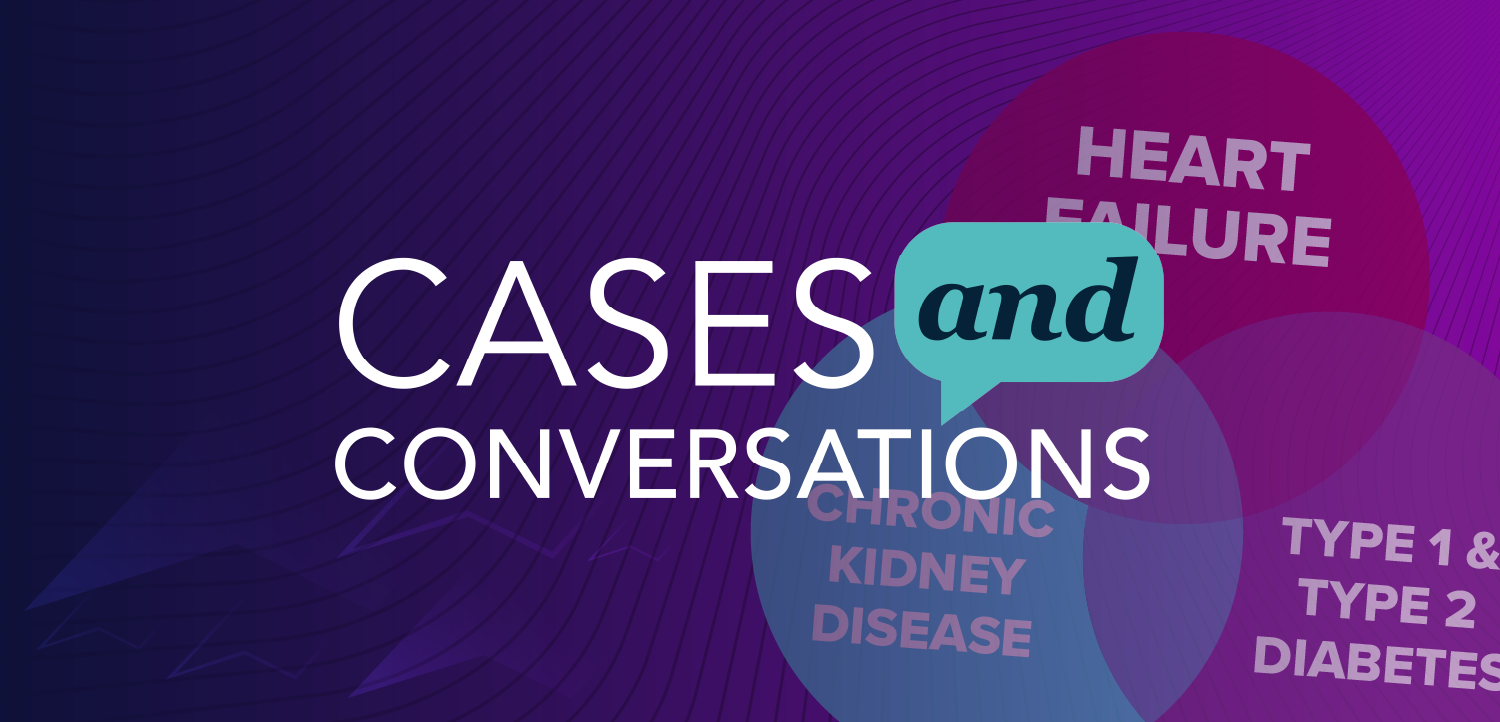|Slideshows|March 3, 2020
Pertussis and Parents Who Don’t Vaccinate: One Physician's Experience
Author(s)C. Andrew Schroeder, MD
The prevalence of pertussis has waxed and waned over the years, but this physician still has one piece of advice to parents who decide not to vaccinate their children: "Please, just do it."
Advertisement
Newsletter
Enhance your clinical practice with the Patient Care newsletter, offering the latest evidence-based guidelines, diagnostic insights, and treatment strategies for primary care physicians.
Advertisement
Latest CME
Advertisement
Advertisement
Trending on Patient Care Online
1
This Year in Primary Care: 10 Critical Updates in 2025
2
FDA Approves First Oral GLP-1 Receptor Agonist for Chronic Weight Management
3
FDA Approves Abbott Volt Pulsed Field Ablation System for Treatment of Atrial Fibrillation
4




























































































































































































































































































































